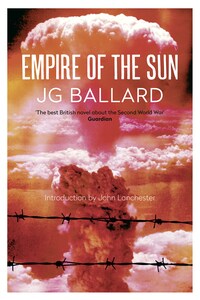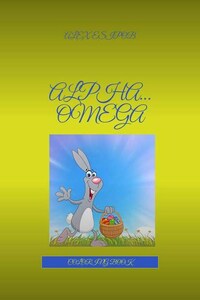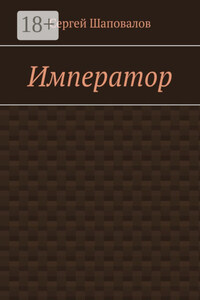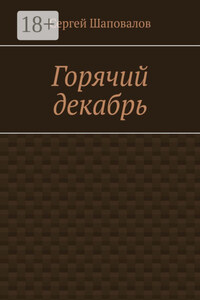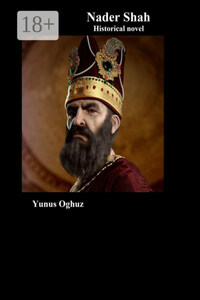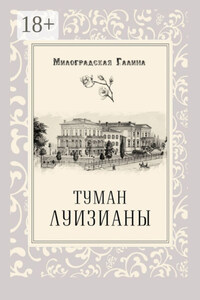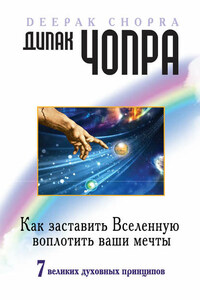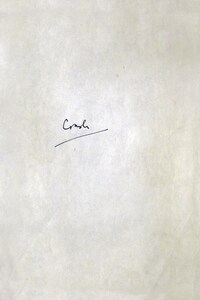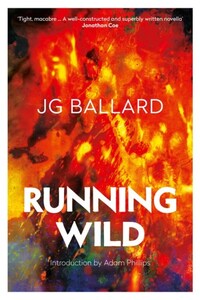Fourth Estate
An imprint of HarperCollinsPublishers 77–85 Fulham Palace Road London W6 8JB 4thestate.co.uk
This edition published by Fourth Estate in 2014
Previously published in paperback by Harper Perennial 2006,
Flamingo 2001 and (as a Modern Classic) 1993
First published in Great Britain by Victor Gollancz in 1984
Copyright © J. G. Ballard 1984
The right of J. G. Ballard to be identified as the author of this work has been asserted by him in accordance with the Copyright, Design and Patents Act 1988.
Introduction © John Lanchester 2014
Interview © Travis Elborough 2006
‘The End of My War’ © J. G. Ballard 1995
A catalogue record for this book is available from the British Library.
This novel is entirely a work of fiction. The names, characters and incidents portrayed in it are the work of the author’s imagination. Any resemblance to actual persons, living or dead, events or localities is entirely coincidental.
All rights reserved under International and Pan-American Copyright Conventions. By payment of the required fees, you have been granted the non-exclusive, non-transferable right to access and read the text of this e-book on-screen. No part of this text may be reproduced, transmitted, down-loaded, decompiled, reverse engineered, or stored in or introduced into any information storage and retrieval system, in any form or by any means, whether electronic or mechanical, now known or hereinafter invented, without the express written permission of HarperCollins eBooks.
This book is sold subject to the condition that it shall not, by way of trade or otherwise, be lent, re-sold, hired out or otherwise circulated without the publisher’s prior consent in any form of binding or cover other than that in which it is published and without a similar condition including this condition being imposed on the subsequent purchaser.
HarperCollinsPublishers has made every reasonable effort to ensure that any picture content and written content in this e-book has been included or removed in accordance with the contractual and technological constraints in operation at the time of publication.
Cover by Stanley Donwood
Photograph of atomic bombing of Nagasaki on August 9, 1945, taken by Charles Levy © Corbis. Background colours from strontium and caesium/methanol combustion carried out by Dr Roy Lowry at Plymouth University, and photographed by Anna Walker.
Ebook Edition © JUNE 2012 ISBN: 9780007283132
Version: 2014-08-15
Title Page
Copyright
Introduction
Epigraph
Part I
1: The Eve of Pearl Harbor
2: Beggars and Acrobats
3: The Abandoned Aerodrome
4: The Attack on the Petrel
5: Escape from the Hospital
6: The Youth with the Knife
7: The Drained Swimming-Pool
8: Picnic Time
9: An End to Kindness
10: The Stranded Freighter
11: Frank and Basie
12: Dance Music
13: The Open-Air Cinema
14: American Aircraft
15: On their Way to the Camps
16: The Water Ration
17: A Landscape of Airfields
18: Vagrants
19: The Runway
Part II
20: Lunghua Camp
21: The Cubicle
22: The University of Life
23: The Air Raid
24: The Hospital
25: The Cemetery Garden
26: The Lunghua Sophomores
27: The Execution
28: An Escape
29: The March to Nantao
30: The Olympic Stadium
31: The Empire of the Sun
Part III
32: The Eurasian
33: The Kamikaze Pilot
34: The Refrigerator in the Sky
35: Lieutenant Price
36: The Flies
37: A Reserved Room
38: The Road to Shanghai
39: The Bandits
40: The Fallen Airmen
41: Rescue Mission
Part IV
42: The Terrible City
An Investigative Spirit
The End of My War
About the Author
By the same author
About the Publisher
BY John Lanchester
When Empire of the Sun was published in 1984, it had a huge and double impact. The first part of this consisted of the effect on its author’s reputation. J. G. Ballard turned fifty-four that year, and had published nine novels and more than a dozen short-story collections. He was regarded as a known quantity: an admired writer, and also the kind of writer who has fans. That implies a passionate, but perhaps rather narrow readership. He was seen as a writer of science fiction – an unhelpfully broad term, and one which perhaps puts off more people than it puts on. When I interviewed Ballard at his home in Shepperton in 1987, en route to writing about his novel The Day of Creation, he specifically asked me not to describe it as a work of science fiction, because that was a limiting and compartmentalizing description. Even those of us who loved his work could see why it didn’t have mass-market appeal. The sentences were clear, the images vivid, but the strangeness of the worlds he described was all the more pronounced for that. The normals out there would never be able to handle Ballard. We fans loved him all the more because of that.
